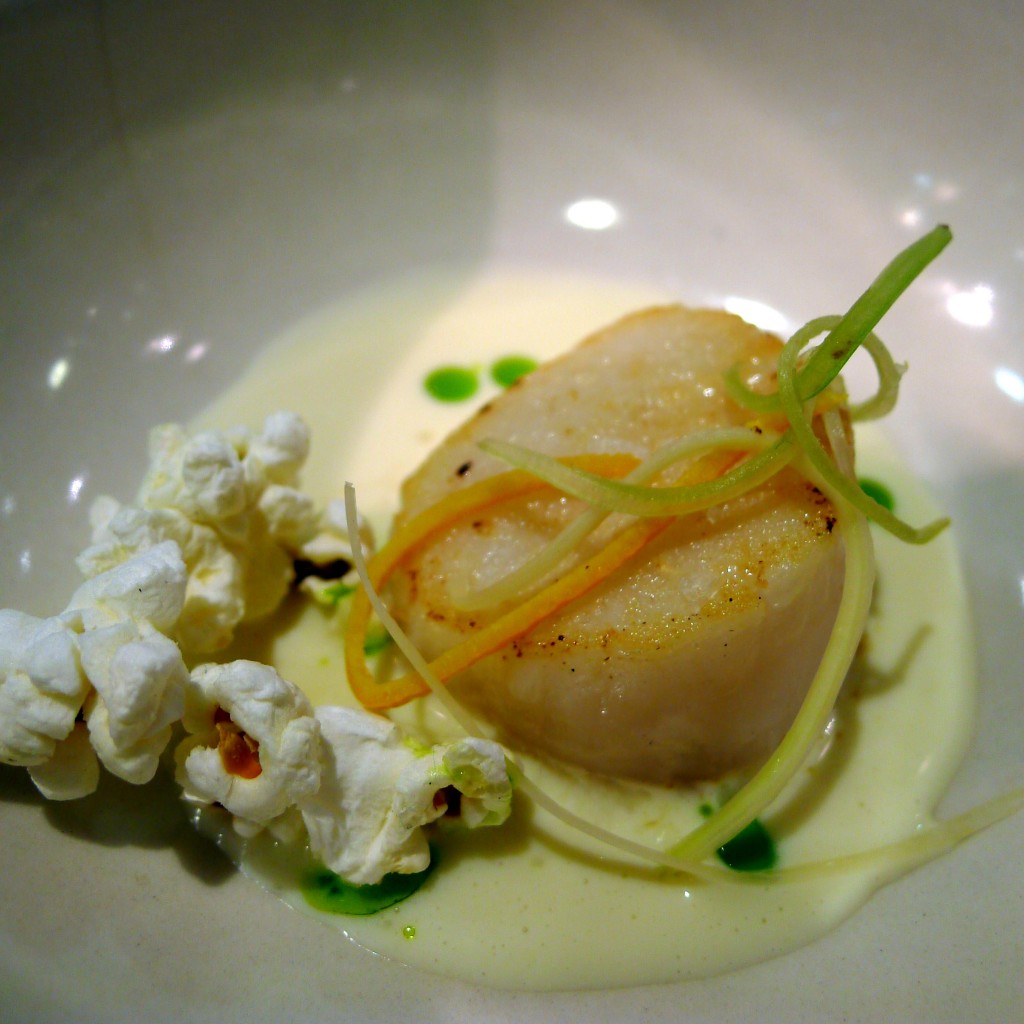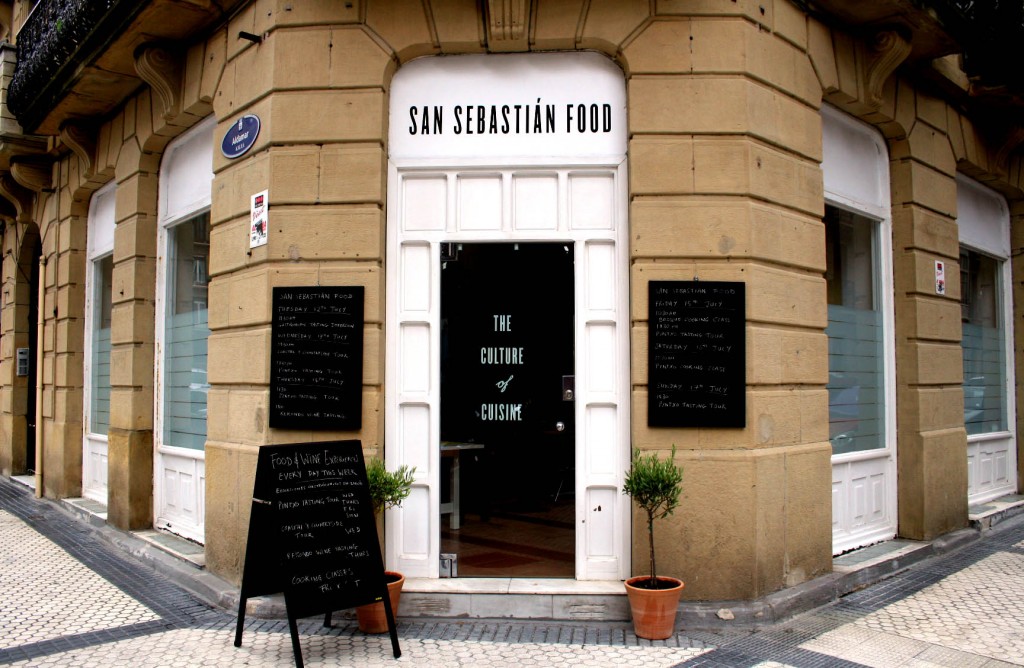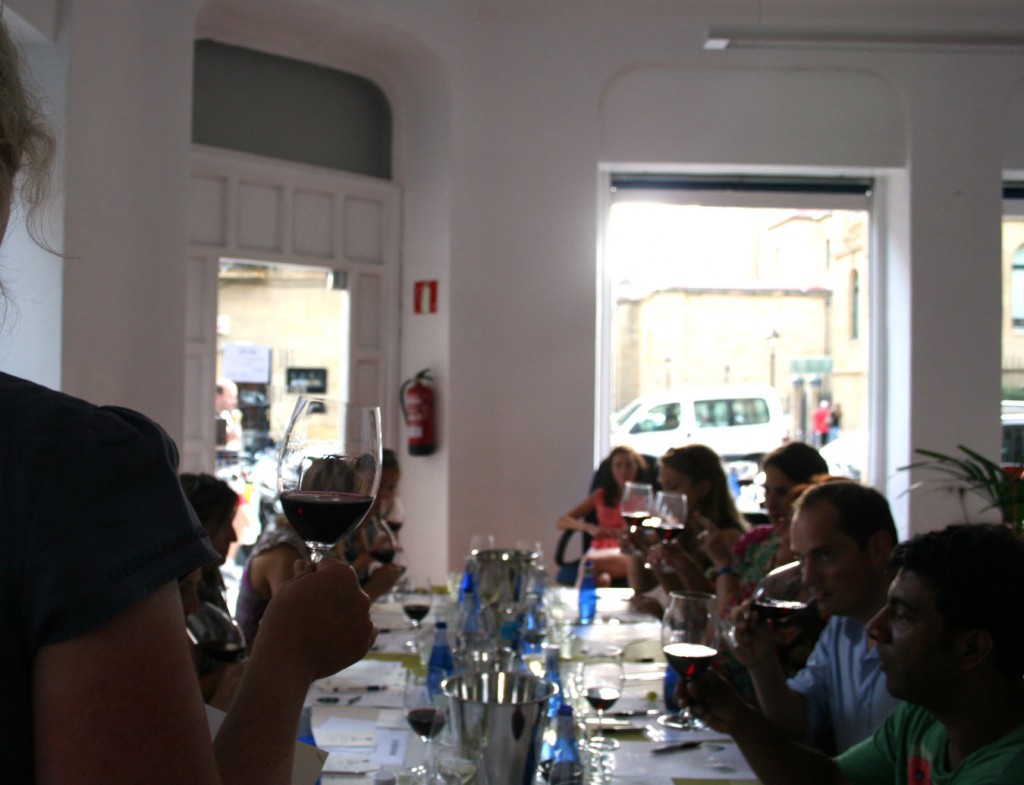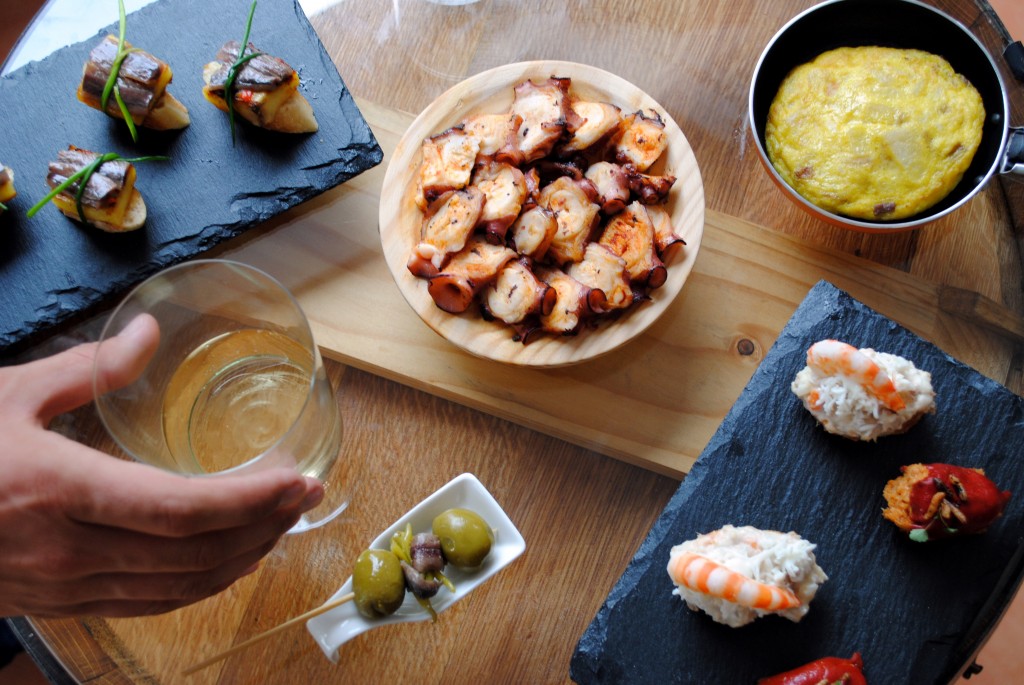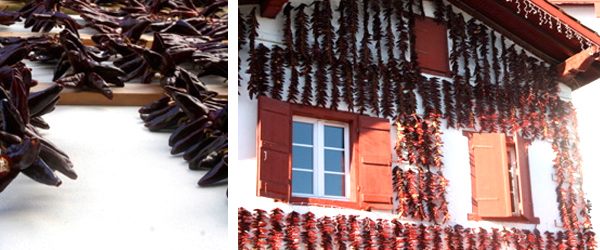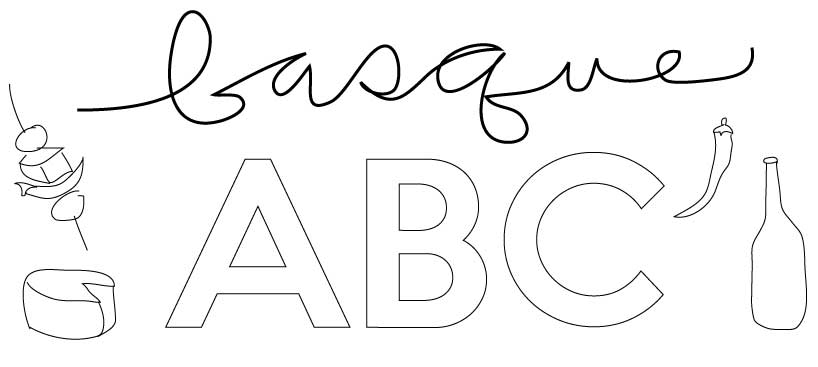
Another installment of the Basque food ABC’s. Today we talk about the letter…D!
For those of you who are confused, thinking about the last entry published (babarrunak, which clearly starts with B), you should know that the Basque alphabet has no letter ‘c’.
So, D is for….Danborrada! In Spanish it’s the Tamborrada, and in English a simple Day of San Sebastián will suffice. It’s quite possibly the biggest celebration in the city, and definitely one of the biggest in Basque Country. But what is it?
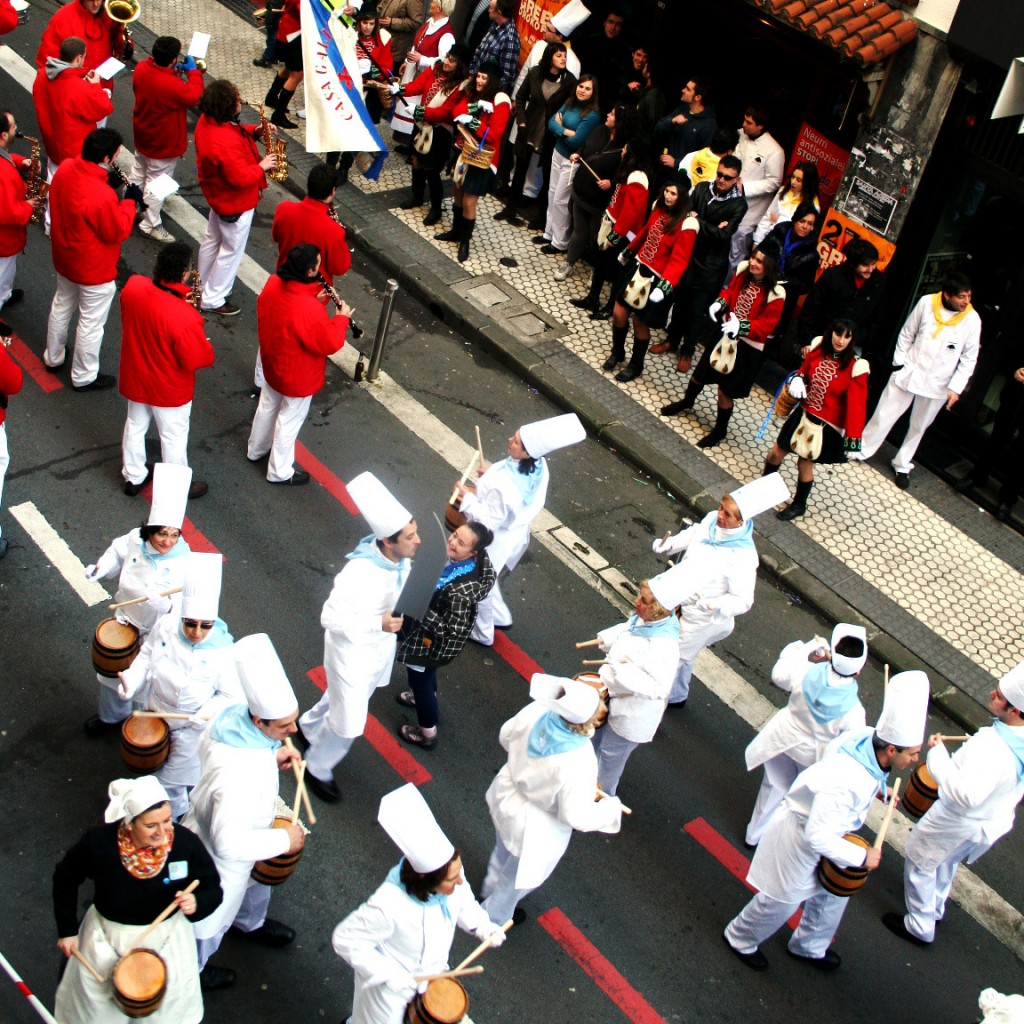
Beginning at midnight on January 20, citizens crowd into the Plaza de la Constitución to kick off this twenty-four-hour party. And everyone is dressed as….chefs! Banging drums, pots, and whatever they can get their hands on, Donostiarras parade in their krewes through the city, stopping at various bars and taking a long pause for a lengthy lunch, often including the specialty angulas (see the A entry in the ABC’s).
Legend has it that, once upon a time, when Napoleonic troops invaded the city, the cooks of the city chased them away by banging kitchen utensils threateningly. That’s where the custom of dressing up in cook’s garb comes from. Really, it’s another raucous festival, only slightly less food-focused than the average Basque jaiak. It’s everyone’s favorite. Don’t miss it!
